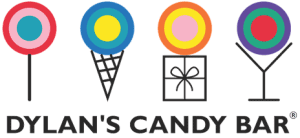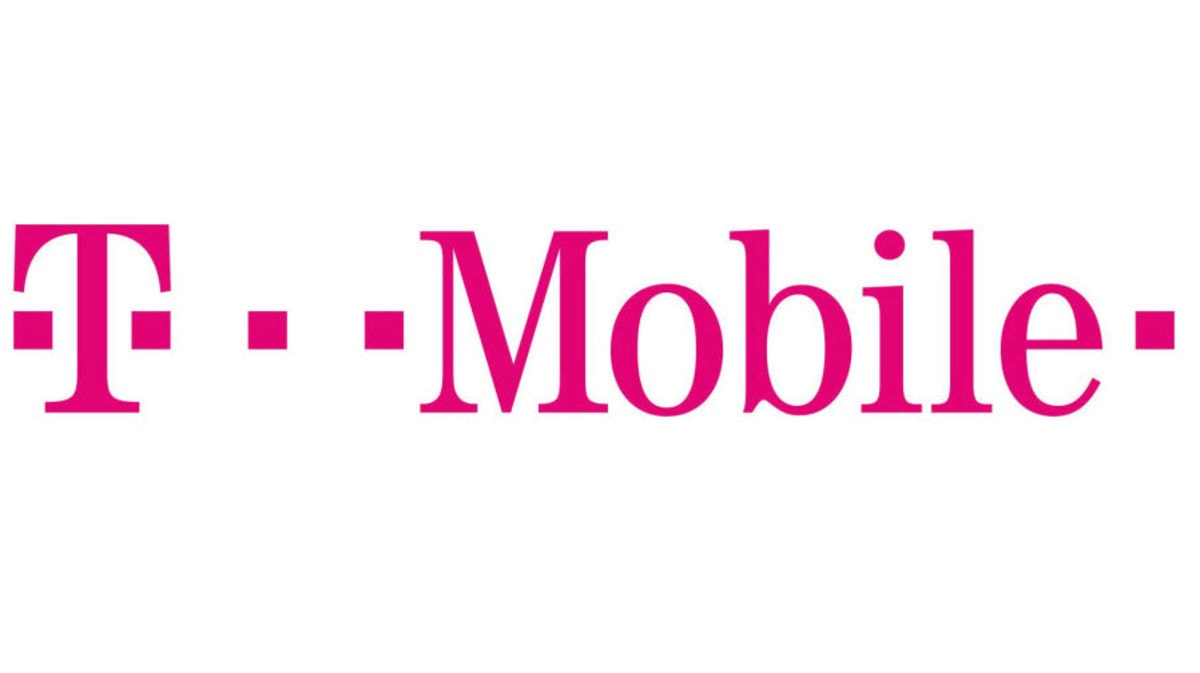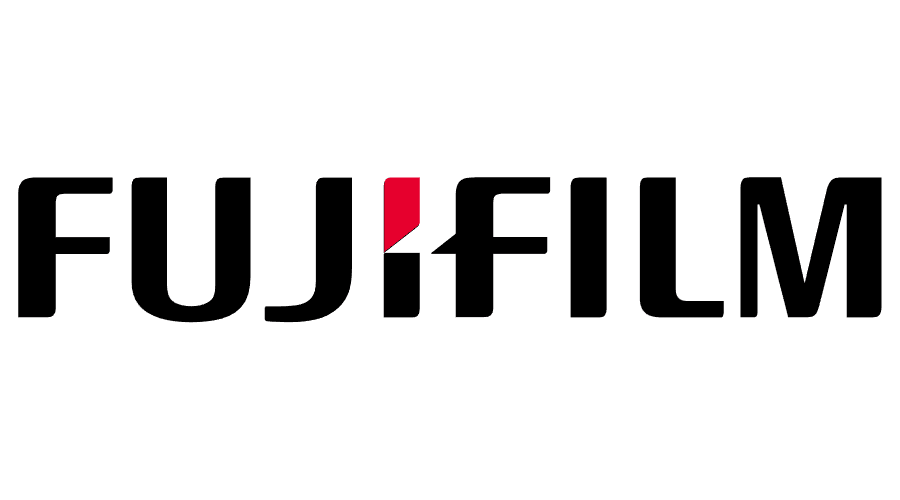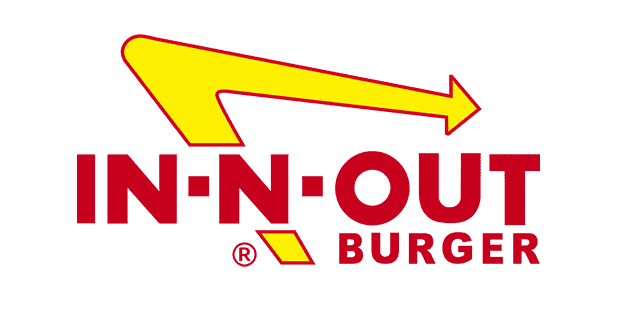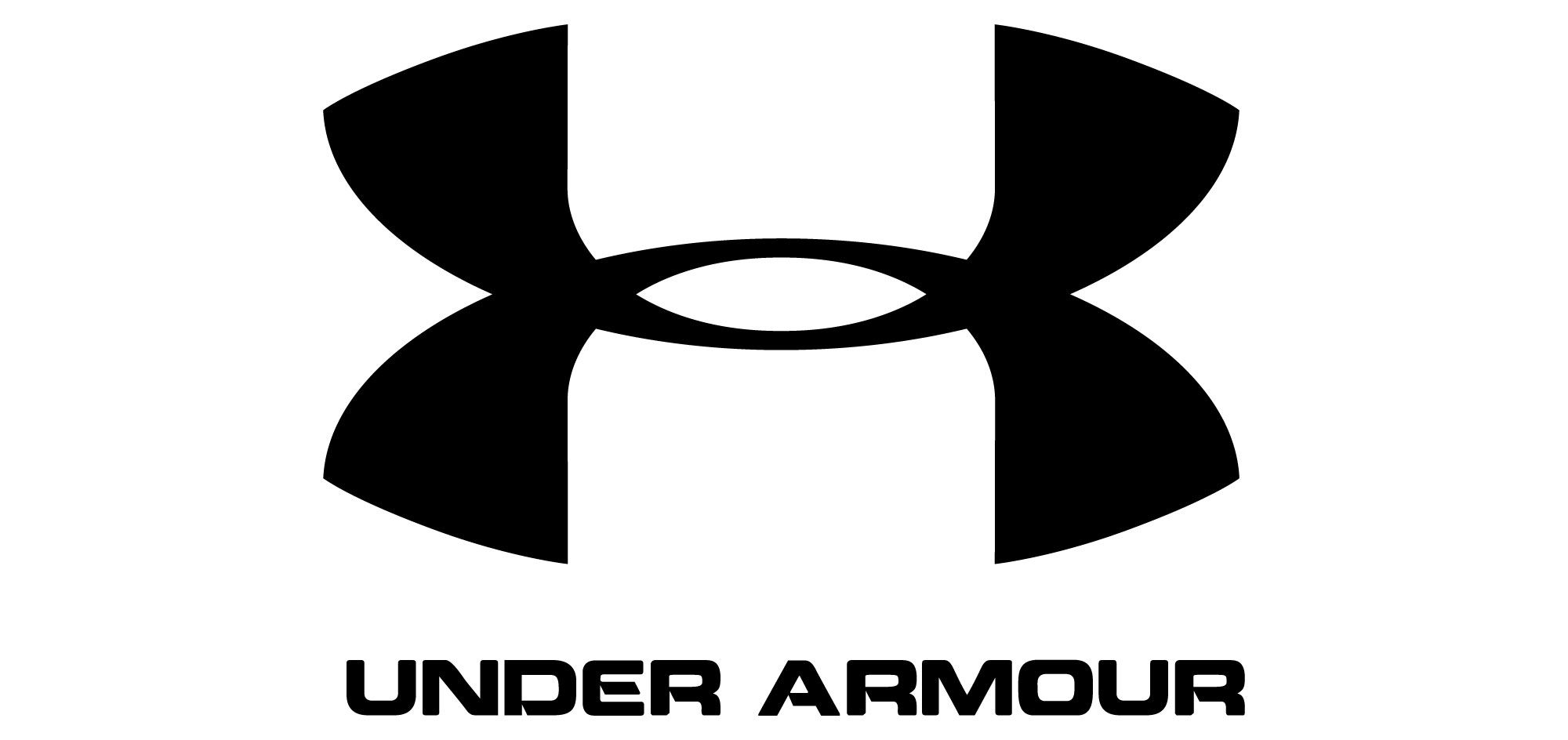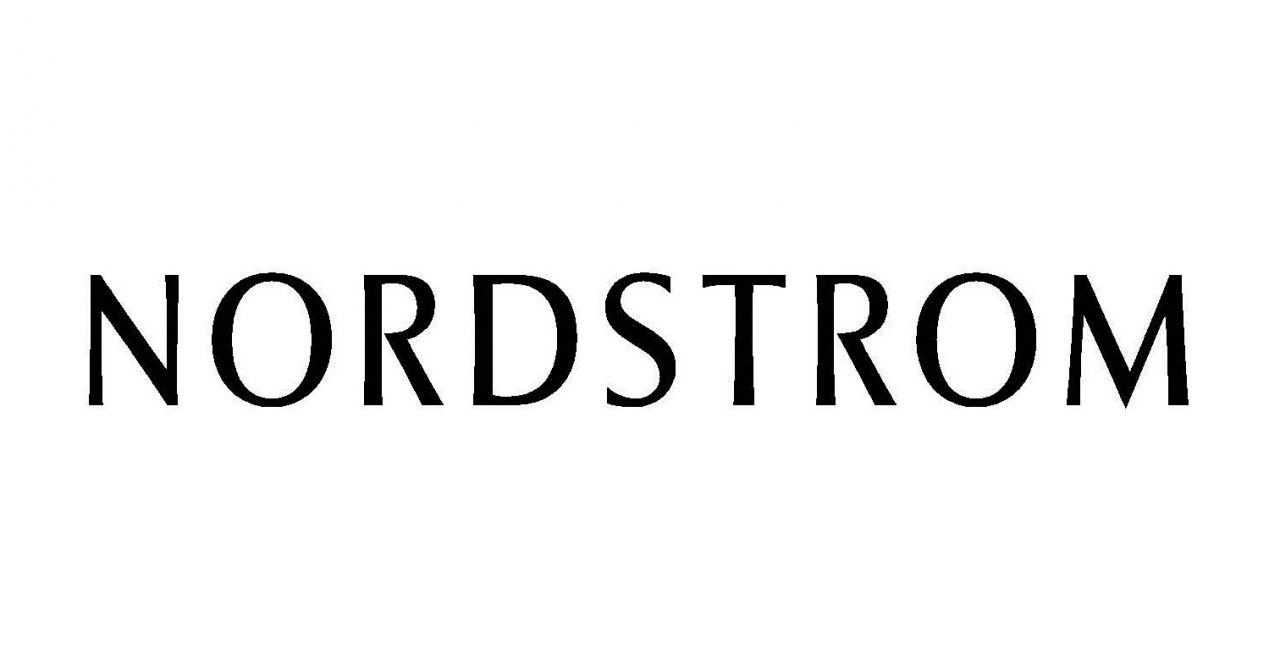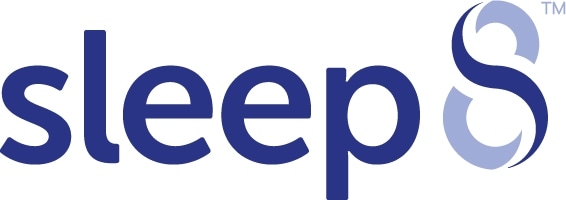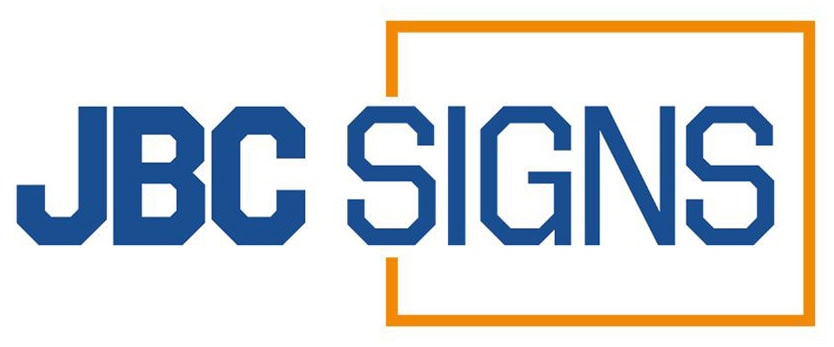Key Takeaways
- Incorporate Benefits in Your Call to Action
A strong CTA should clearly state what the audience gains by taking action. Instead of "Sign up now," use "Sign up now to get exclusive deals!" Highlighting benefits makes the CTA more compelling and increases engagement. - Provide Clear Instructions in Your CTA
Your CTA should leave no room for confusion by guiding the audience on what to do next. Use phrases like "Call now to book an appointment" instead of vague statements. Clear steps improve response rates and encourage immediate action. - Craft Attention-Grabbing Headlines
A compelling headline instantly captures attention and draws readers into the content. Using curiosity, urgency, or a question keeps them engaged and wanting to learn more. Without a strong headline, the audience may lose interest quickly. - Utilize Action-Oriented Words
Words like "discover," "start," or "claim" encourage immediate engagement and excitement. These power words create urgency and prompt customers to take the next step. Weak or passive wording can lead to missed conversion opportunities. - Align CTAs with Audience Preferences
Different audiences prefer different ways to engage, such as calling, emailing, or visiting a store. Offering multiple response options ensures a smoother customer experience. Aligning CTAs with audience behavior increases the likelihood of a response.
From brochures to posters, the headings and calls to action you use in your print and direct mail marketing materials can make a huge different to the efficacy of a campaign.
A great heading can inspire interest in your product or service and pique people’s curiosity. A bland, generic heading, on the other hand, can fail to create interest in even the most impressive product.
Likewise, a powerful call to action can encourage your audience to claim your offer and purchase your product, while a mediocre call to action can result in a fantastic offer – one that offers unprecedented value – being ignored.
In this guide, we’ll share three simple but highly effective techniques that you can use in your posters, brochures, signs and other print marketing materials to make sure you get the highest possible response rate and the best results.
Include a benefit in your call to action
Every call to action you use in your marketing should include a benefit. From the sign outside your retail store to the call to action near the end of your brochure, each should clearly outline a reason prospects should complete the action.
Imagine you’re promoting a magazine and encouraging people to become loyal subscribers. Instead of just saying “Subscribe today,” you can add a benefit and incentive by saying “Subscribe today for more insightful, educational content.”
A call to action isn’t merely a call for prospects to do something – it’s a fantastic opportunity to remind them of the value you’re offering them and the benefit of responding to your offer.
Write down the three biggest benefits of your offer or product and try to include your top benefit in your call to action. From learning more to saving money, your biggest benefit will have a huge effect on the response rate of your call to action.
The key is to be unique, personal and targeted. Avoid the generic “Call Now” and “Contact Us Today” messages that people are familiar with and give them a great reason to respond to you – if it’s compelling enough, they’ll take it.
Never assume people know how to respond
To you, a marketer, it might seem obvious to call for your free sample. But to your audience – an audience made up primarily of non-marketers – the right thing to do in order to claim your offer isn’t always obvious.
Because of this, your call to action should always spell out exactly what prospects need to do in order to claim your offer. From sending in a coupon to calling your toll-free number, make it clear what steps are required to claim your offer.
It’s best to lead or end your call to action with the instructional aspect of claiming your offer. Start with a benefit and end with instructions or start with instructions and end with your product, service or offer’s key benefits.
Be direct, but avoid being too “high pressure” for your audience. An effective call to action is clear and unambiguous without making prospects feel as if they’re forced to complete the action you’re requesting.
Command attention with your heading
The goal of your heading is to get people to read your subheading. The goal of your subheading is to get people to read your copy. The goal of your copy is to get people to read your call to action and, eventually, to respond to your offer.
Can you see a pattern emerging? Each element of your print marketing leads into the next, making people more familiar with your offer and its benefits as part of the process. The first step in the process is getting their attention with a great heading.
Many marketers make the mistake of trying to explain their offer entirely in their heading. That’s not the goal. The goal of your heading is to command the reader’s attention – your subheading and copy will explain what your product’s all about.
Keep your heading simple and direct and focus on the element of your product or service that’s most likely to capture people’s attention. Then, once you’ve got your target audience engaged, use your copy to explain your offer in greater detail.
FAQs
- Why should CTAs include a benefit?
A CTA that emphasizes benefits makes the audience more likely to respond. Instead of "Join today," say "Join today and get 20% off your first order!" This approach highlights the value and drives action. - How can clear instructions improve CTA effectiveness?
People respond better when they know exactly what to do next. Instead of "Click here," say "Click here to download your free guide now." Clear and direct language eliminates confusion and boosts conversions. - What makes a headline attention-grabbing?
A great headline sparks curiosity, offers a solution, or creates urgency. "Struggling with marketing? These 5 strategies will help!" is more effective than a generic title. A well-crafted headline encourages the reader to keep going. - Which action words are effective in CTAs?
Words like "Shop now," "Get started," and "Try for free" drive immediate engagement. They create a sense of urgency and excitement, prompting action. Using passive or vague words can weaken the impact of the CTA. - Why align CTAs with audience preferences?
Some customers prefer calling, while others like filling out forms or chatting online. Offering multiple ways to engage increases the chances of a response. A CTA that fits audience habits makes it easier for them to take action.



